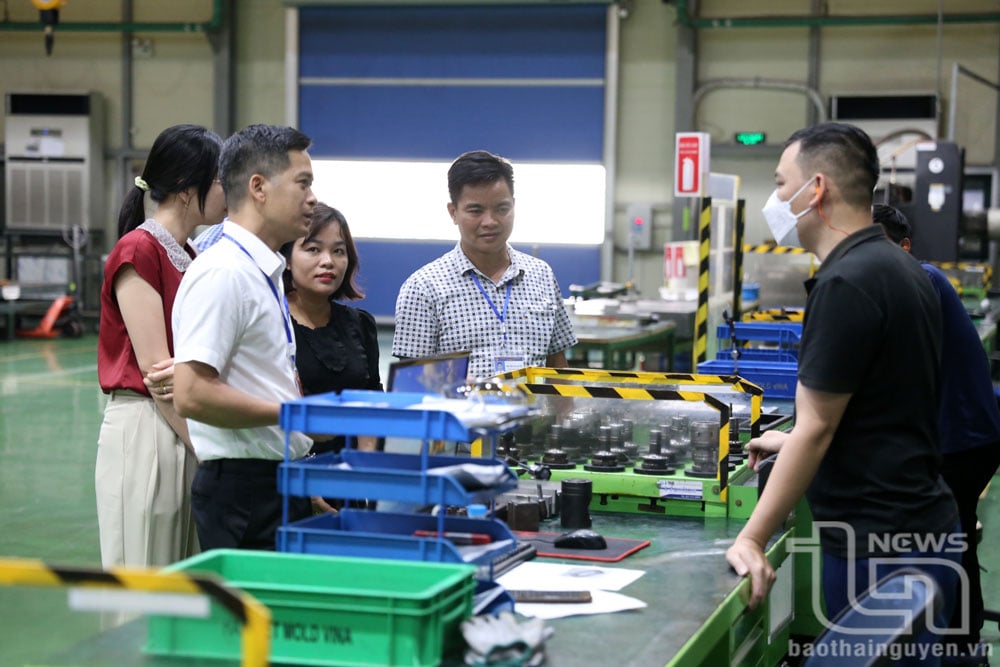 |
| The working group of the Provincial Council for Labor Safety and Hygiene inspected the production area of Han-Viet Mold Vina Co., Ltd. (Diem Thuy Industrial Park). |
Together with the Working Group of the Provincial Occupational Safety and Health Council, we inspected a number of enterprises in the province during the 2025 OSH Action Month, and we noted that this work is gradually being given more attention in the production and business process. Enterprises have complied with the law in many important contents: Signing labor contracts, fully participating in social insurance for employees; organizing OSH training, providing full personal protective equipment; issuing internal regulations - working procedures and establishing a specialized OSH department...
However, in addition to the achieved results, there are still some notable issues that need to be addressed promptly. For example, at Tan Lap Elevator - Mechanical Co., Ltd. (Thai Nguyen City), some core contents on employee health care have not been fully implemented, such as periodic health check-ups, monitoring the working environment or focusing on on-site medical departments. For Shenzhen Concrete and Construction Co., Ltd. (Thai Nguyen City), the company has not periodically reported on medical work, does not have a medical department or contract with a medical facility, has not monitored the working environment annually and lacks group 1 safety training for employees.
At Han - Viet Mold Vina Co., Ltd. (Diem Thuy Industrial Park), the company has not yet fully developed internal regulations and safe working procedures; has not yet arranged specialized staff on occupational safety and health; and has not yet organized timely training for new workers. At the Mountainous Mining Joint Stock Company (headquartered in Thai Nguyen City), although many safety measures have been implemented, there is still a lack of timely re-inspection of equipment with strict safety requirements, forcing the inspection agency to request the temporary suspension of operation of these equipment.
The above shortcomings are not only procedural issues, but also show gaps in risk management in the workplace. With the nature of the industry requiring frequent contact with heavy equipment, high temperature environments or mining areas, ensuring safety conditions for workers is something that cannot be neglected.
One of the common points that can be seen through the inspection is that many enterprises have not yet invested properly in occupational safety and health; have not fully implemented contents such as periodic health check-ups or annual monitoring of the working environment. This makes it difficult for enterprises to accurately grasp the level of impact of factors such as dust, noise, chemicals, vibrations, etc. on the health of workers. As a result, some occupational diseases can develop silently, only being detected at a late stage.
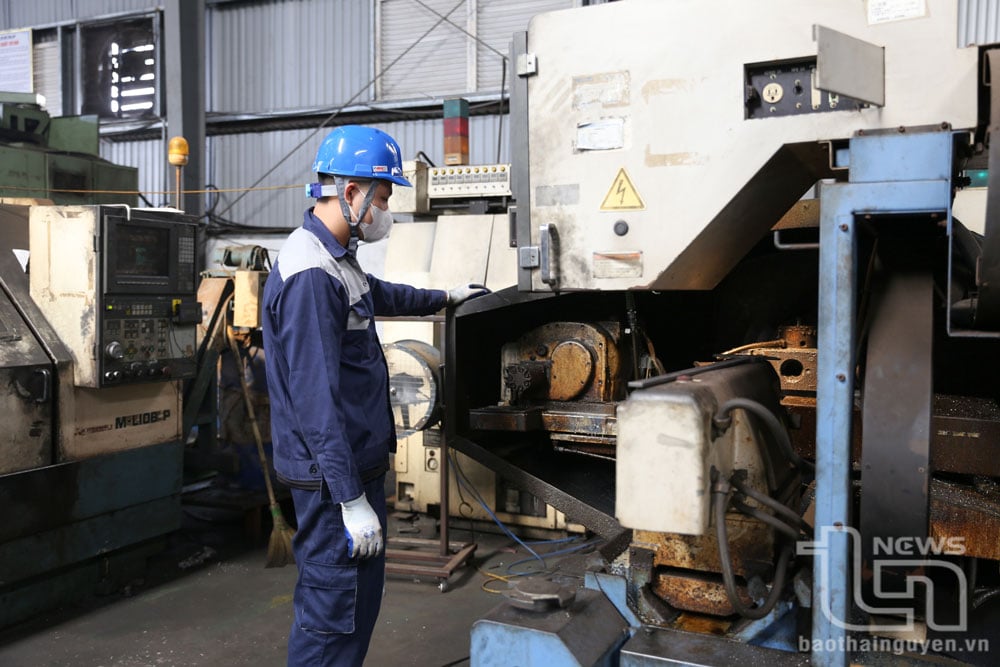 |
| Workers of Tan Lap Elevator - Mechanical Company Limited (Thai Nguyen City) comply with labor safety regulations when participating in production. |
In addition, the failure to periodically report on occupational health as required will make it difficult for authorities to build a synchronous occupational health data system, an important foundation for developing appropriate and effective employee protection policies. In some enterprises, employees have to fend for themselves in a working environment lacking warning signs, not being provided with sufficient or correct personal protective equipment, and even having to work with equipment that has expired inspection.
Particularly in the mining sector, a high-risk industry, technical requirements such as compliance with mining design, ensuring height and floor level, installing railings at locations with large slopes, etc. are key factors to ensure worker safety. Failure to fully comply with these regulations is not only a procedural shortcoming, but also poses the risk of unfortunate accidents that may occur during mining, especially in areas with complex terrain, with the potential risk of rockfall and landslides.
Based on the above facts, the inspection team of the Provincial Occupational Safety and Health Council requested that enterprises urgently overcome the shortcomings pointed out, such as: organizing periodic health check-ups for all employees; conducting annual monitoring of the working environment; periodically inspecting equipment with strict safety requirements; signing contracts with qualified medical facilities to ensure first aid and timely handling of incidents.
In particular, it is necessary to seriously assess occupational safety and health risks at the production site, a mandatory legal regulation, but currently still neglected in many units. Risk assessment is a prerequisite for developing plans to prevent incidents and handle accidents, thereby improving the level of preparedness and minimizing damage.
Along with that, enterprises need to improve the quality of occupational safety and health training. Training is not just about issuing certificates, but must be a process to help workers truly understand the risks, measures to protect themselves, and know how to respond when incidents occur. Training must be conducted periodically, with quality monitoring and full cards issued to those who have been trained.
Violations in occupational safety and health cannot be considered "small mistakes", but are potential "fuses" that threaten the safety of workers and the survival of enterprises. Strictly implementing occupational safety and health laws is not only an obligation, but also a matter of conscience and corporate culture, indispensable in the journey of long-term development and social responsibility.
Source: https://baothainguyen.vn/xa-hoi/202505/doanh-nghiep-an-toan-nguoi-lao-dong-vung-tin-4a90855/







![[Photo] General Secretary To Lam attends the 80th Anniversary of the Cultural Sector's Traditional Day](https://vphoto.vietnam.vn/thumb/1200x675/vietnam/resource/IMAGE/2025/8/23/7a88e6b58502490aa153adf8f0eec2b2)
![[Photo] Prime Minister Pham Minh Chinh chairs the meeting of the Government Party Committee Standing Committee](https://vphoto.vietnam.vn/thumb/1200x675/vietnam/resource/IMAGE/2025/8/23/8e94aa3d26424d1ab1528c3e4bbacc45)
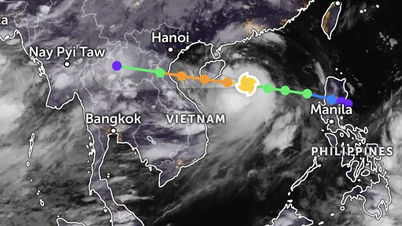

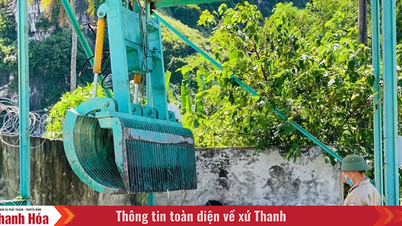



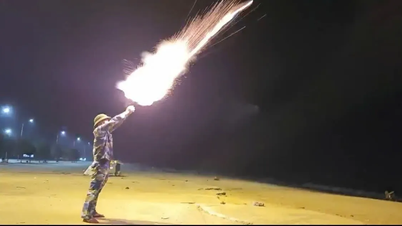







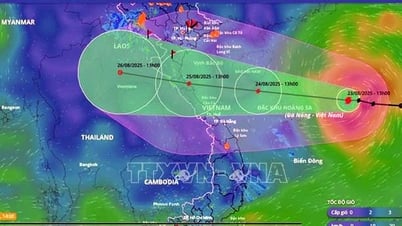

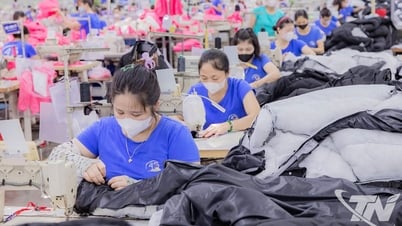


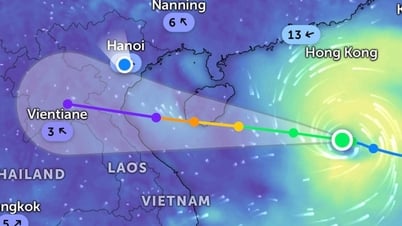















































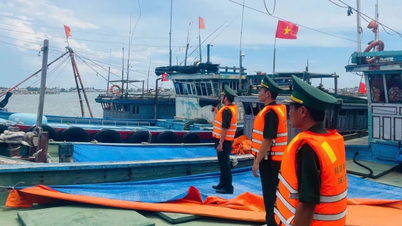




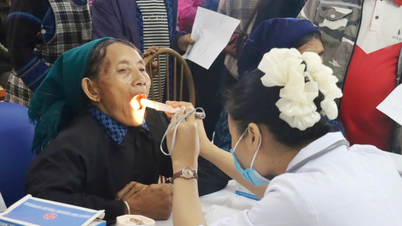















Comment (0)